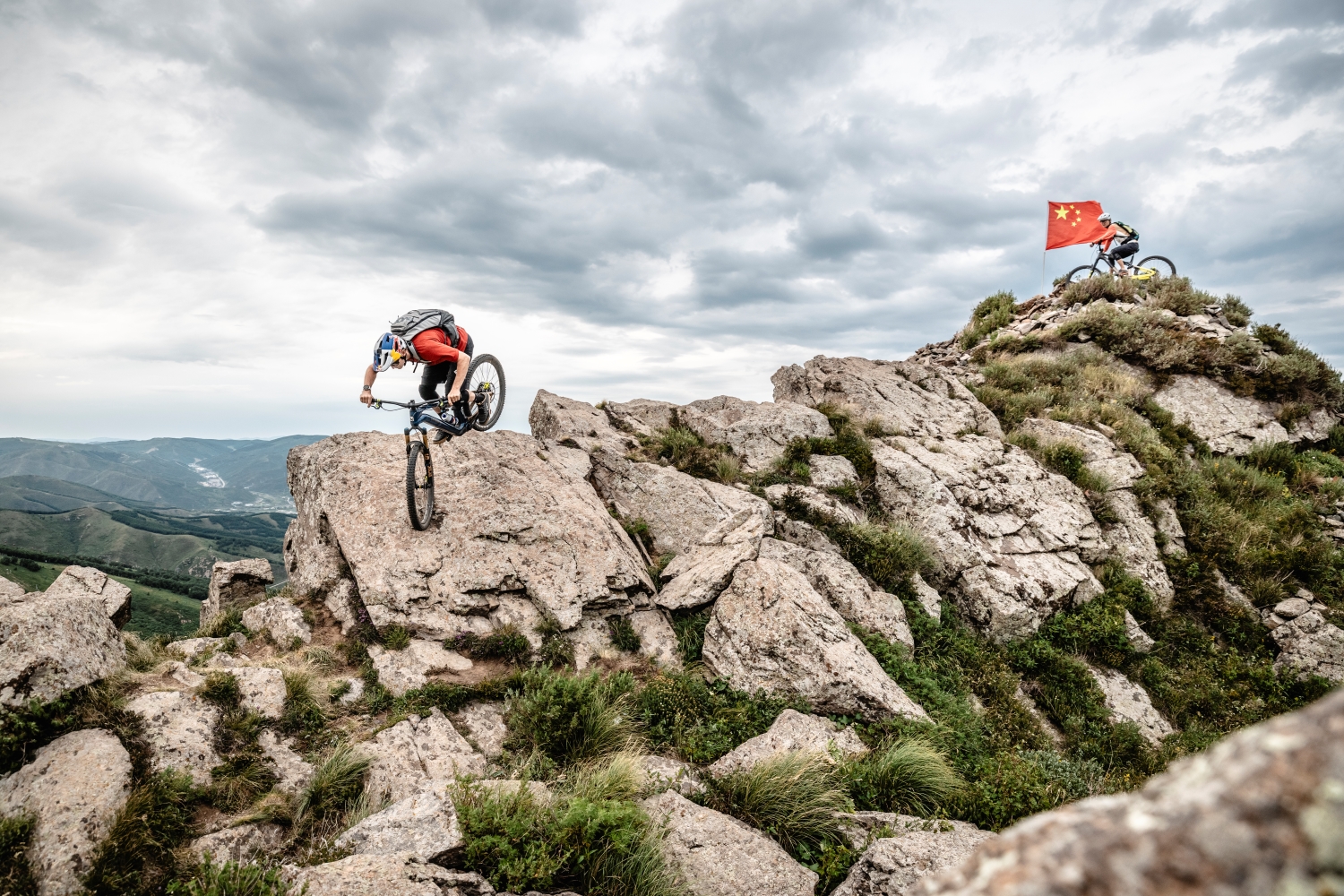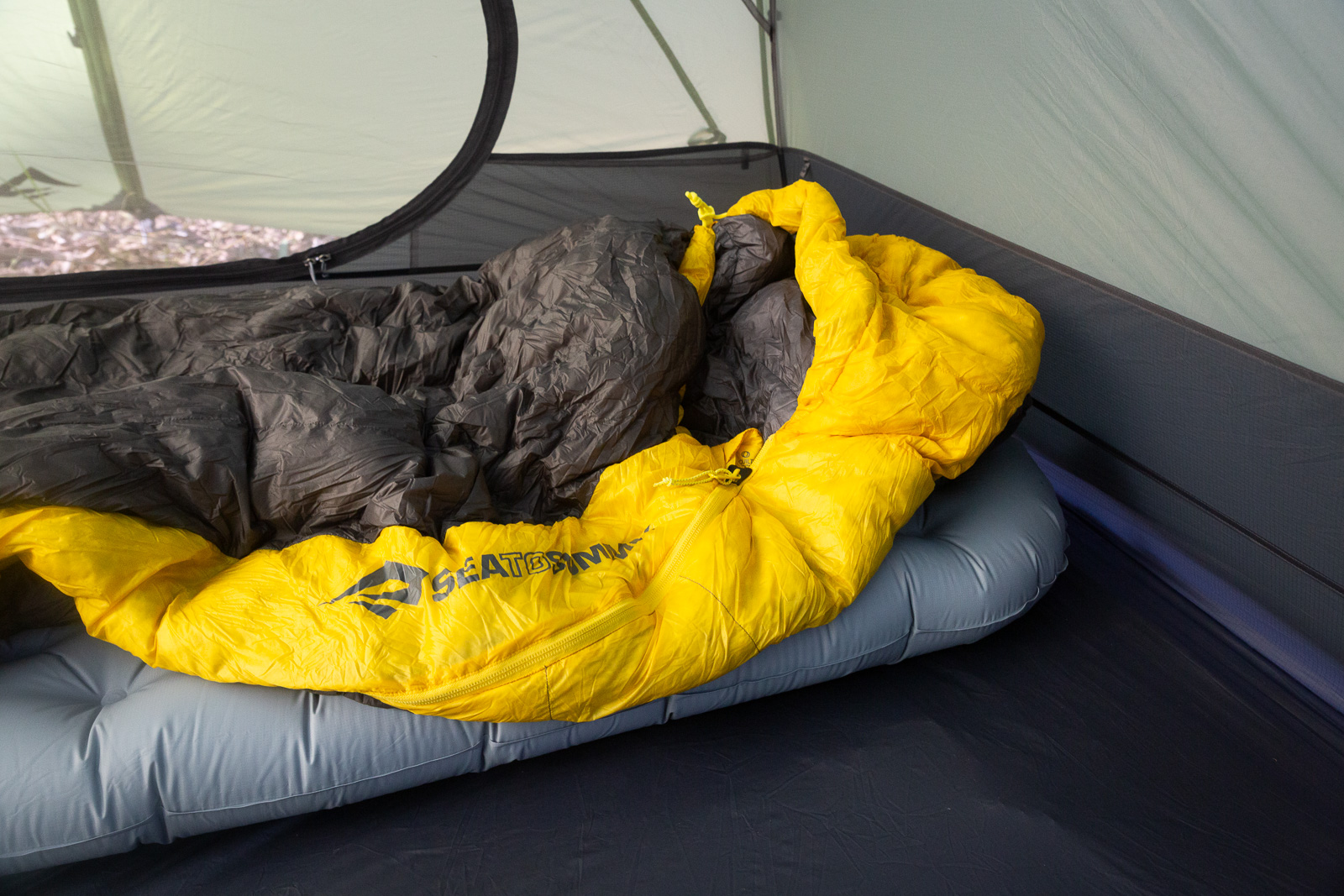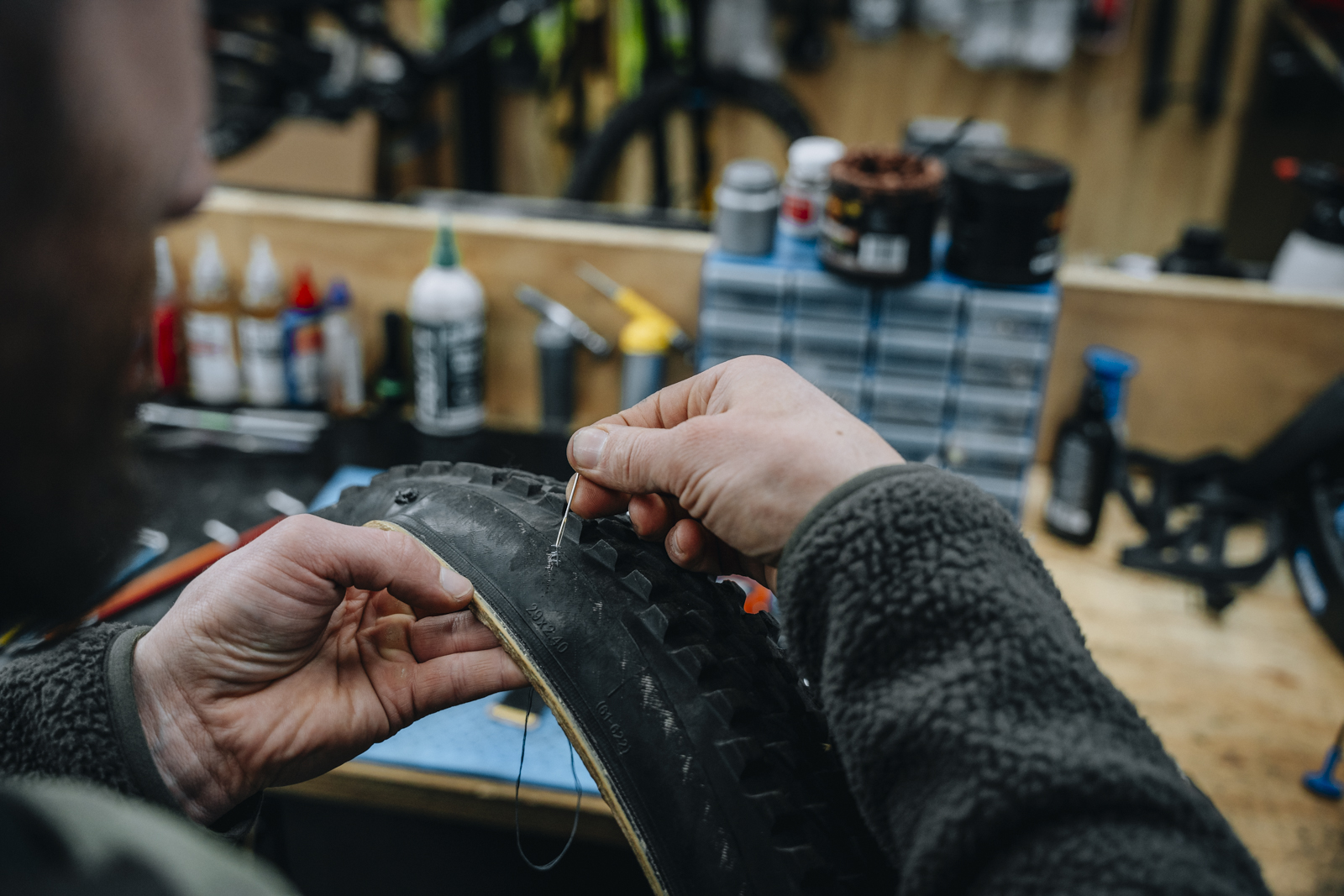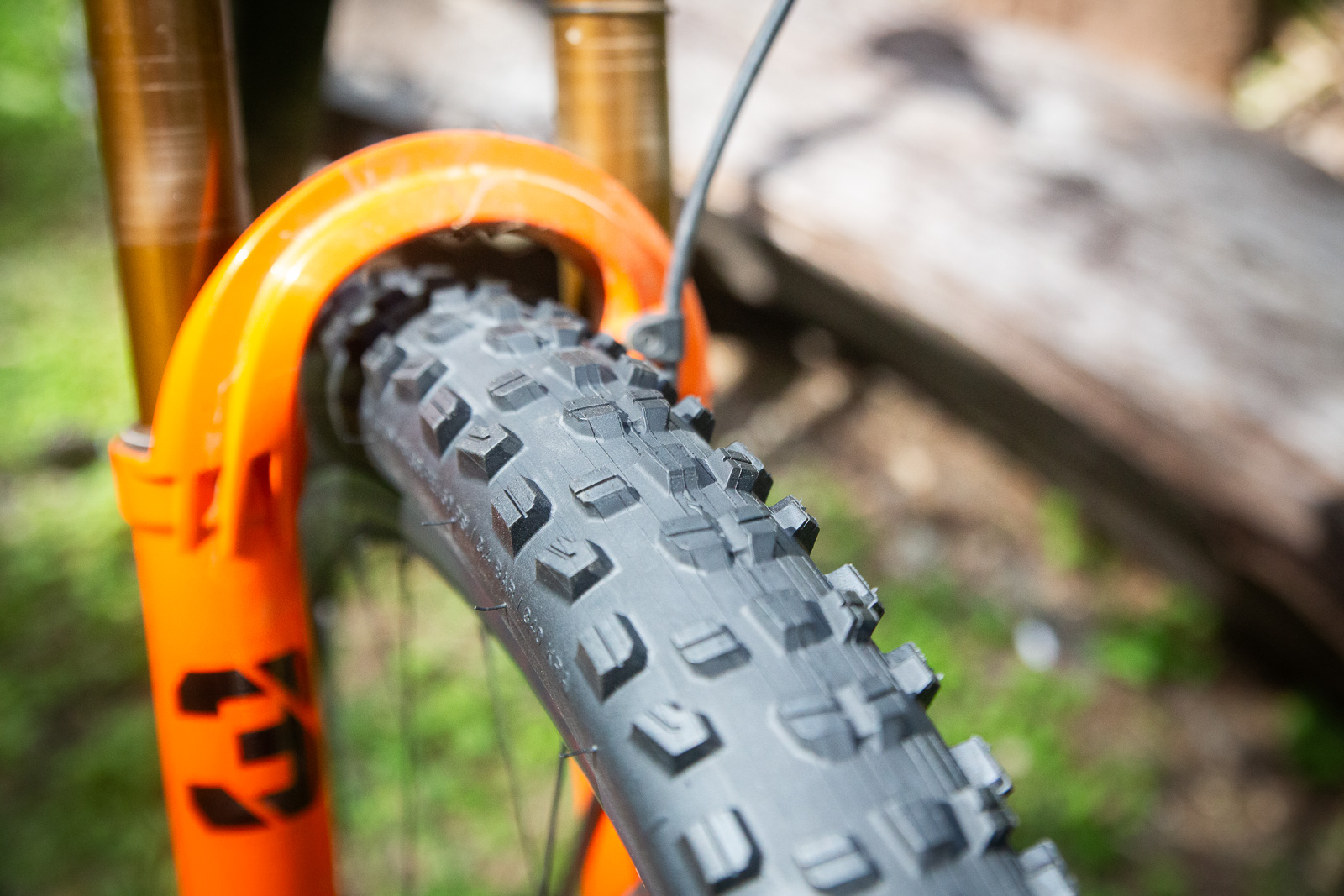TESTED: CUBE Reaction Hybrid Pro 400
Where does an E-MTB hardtail fit? Is it a commuter? An entry-level mountain bike? A self-shuttling mountain bike? We put the bike to use to find out.
Review by James Douglas
The advent of E-Bikes in Australia has been somewhat slower than our European counterparts, however most major brands in Australia are now embracing E-Bike technology in some form or another throughout their range. The E-MTB represents one of the most exciting technological additions to the sport of mountain biking, however there is a sense of trepidation on whether they are a good thing or a bad thing for the sport.
E-bikes won't ruin mountain biking – here's why.
Although not as pervasive as Giant, Trek and Specialized in the Australian market, Cube have a significant presence across all disciplines of cycling and are renowned for producing well designed and aesthetically pleasing bikes throughout the affordable to high end price ranges. Cube bring a mix of European engineering and design with the best of Asian construction and componentry to create bikes that offer very good value-for-money and a pleasing ride quality.
Did you see our test on the Cube Stereo 140?
The Cube Reaction Pro 400 is marketed as offering riders the ability to explore ‘further, longer or more often’. The Cube Reaction Pro 400 is one of many E-Bikes in Cubes range, which also includes more commuting orientated hybrid bikes as well as dual suspension mountain bikes, however fills a unique gap in the hardtail hybrid/MTB crossover.
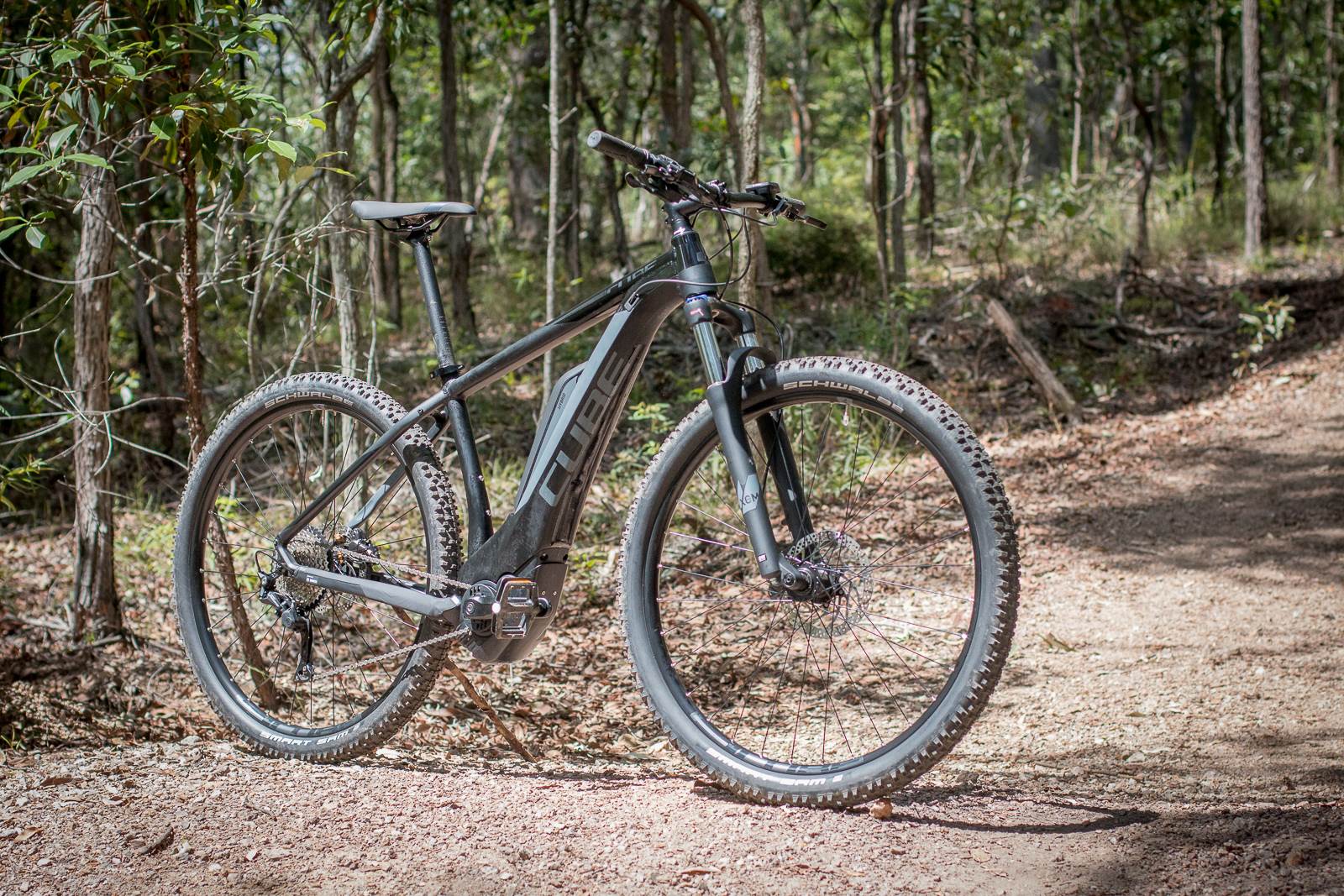
A Reaction Pro 500 model is available for an additional $700, with the primary difference being the upgrade of a 500wh battery over the Reaction Pro 400’s 400wh battery. Both models offer the same componentry, including a 100mm Suntour suspension fork, Shimano Deore 10speed shifters and rear derailleur, and Shimano hydraulic disc brakes.

Models from competitor brands offer similar specced componentry and design at similar price points, including the bikes like the Merida we tested in 2016. What sets the Cube apart? We took to the trails to find out.
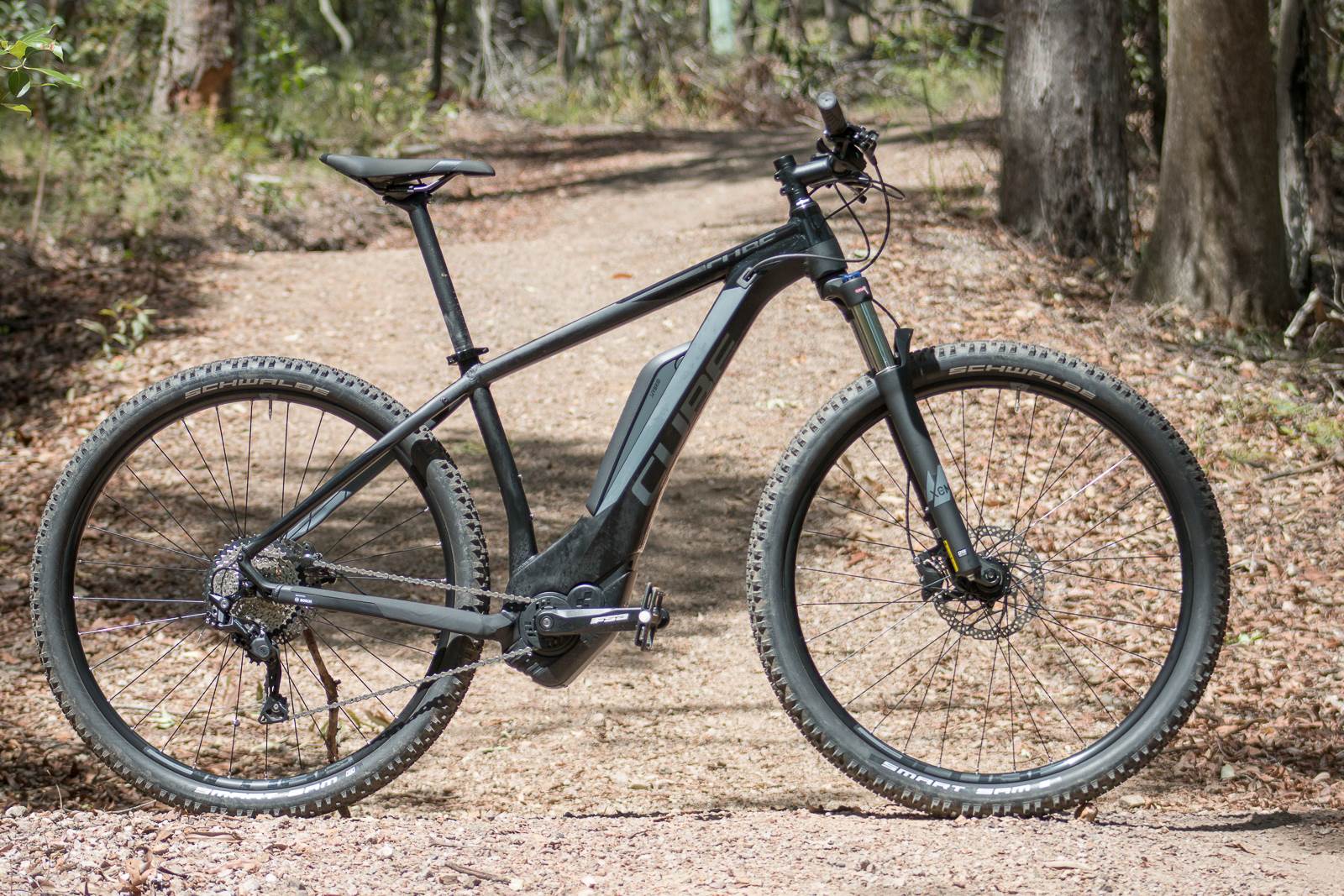
One of the inescapable first impressions of the Reaction Pro is the weight. This is simply something riders have to compromise on if making the decision to purchase an E-MTB, at least for the time being until technology evolves into lighter construction motors and battery packs.

Aside from this noticeable factor, the Reaction Pro appears to be well constructed – from top down, the stock saddle and handlebars offer a comfortable ride – even if the bars are a little narrow. The Shimano Deore shift set and Shimano hydraulic disc brakes are well known work-horse components that rarely let you down.
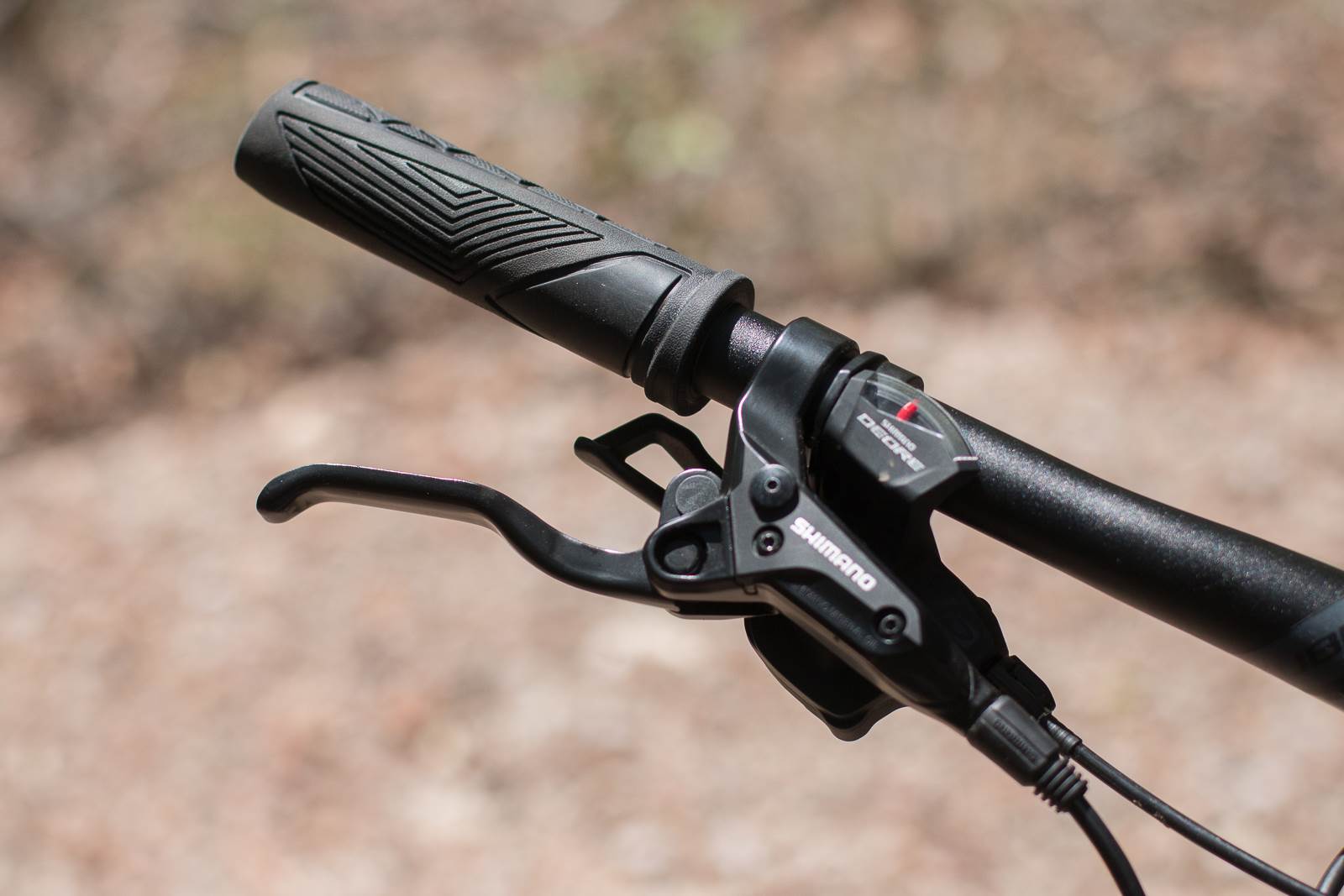
It was surprising to see a 2018 bike at $3000 RRP being fitted with a 10-speed group set (but motors don’t come cheap), and I had my doubts about how the Alex rims wheels would handle rough singletrack, especially given the weight of the bike itself. The Suntour fork does not have the same brand-appeal as something like Fox or RockShox but seems to be commensurate with the overall quality of the components on the stock build.

The Bosch CX drive system is a well renowned performer and needs little introduction, with many E-Bikes across all disciplines utilizing the rugged and respected German companies pedal-assist technology.
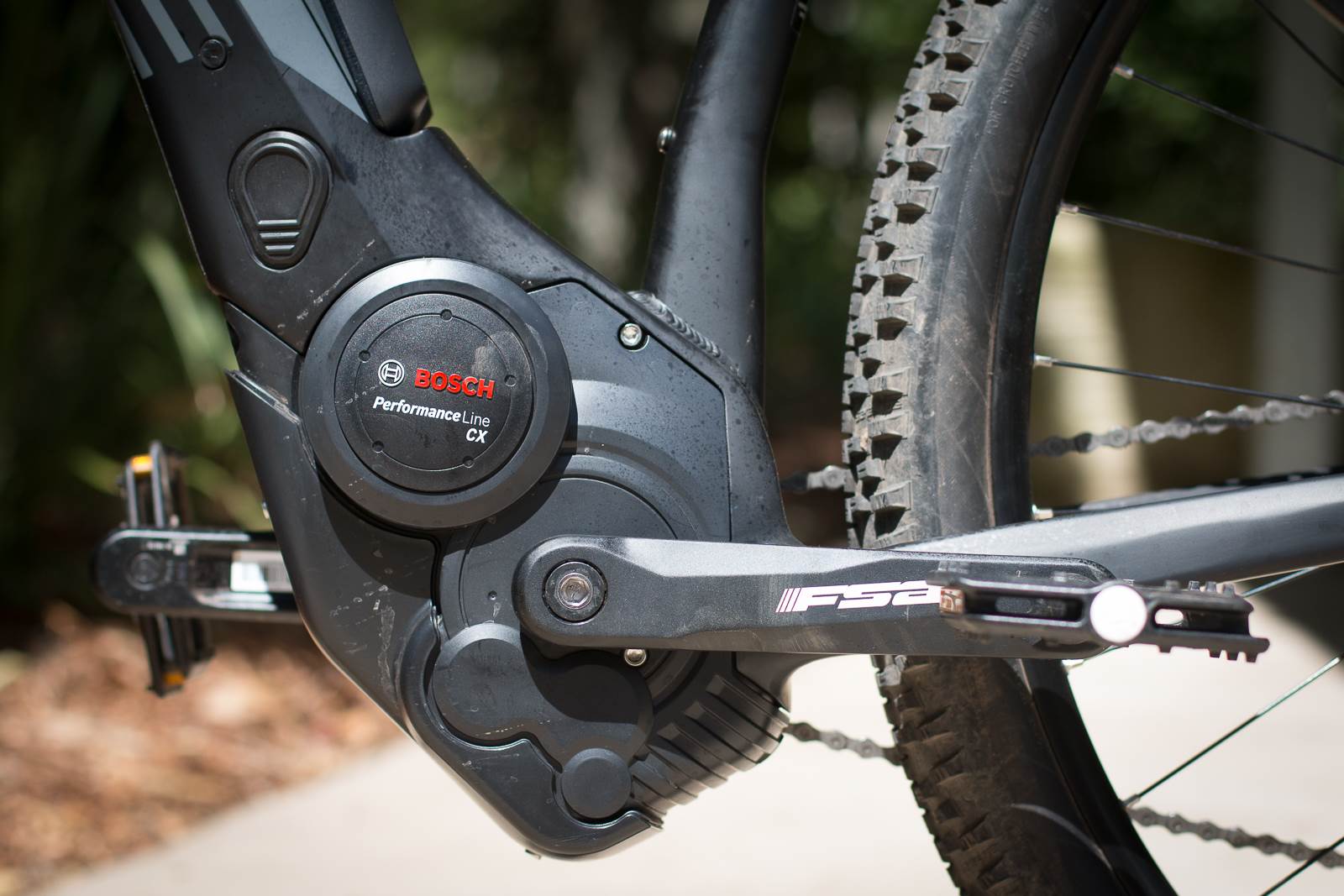
The Reaction Pro offers 5 settings on a simple and easy to use handlebar mounted device – OFF, ECO, TOUR, SPORT and TURBO. The screen also gives a handy readout of your current speed, ride time and battery life remaining. Changing modes is a piece of cake – simply press the + or – buttons to move through the modes. Each offering from OFF to TURBO adds progressively more assistance through the motor with each pedal stroke.
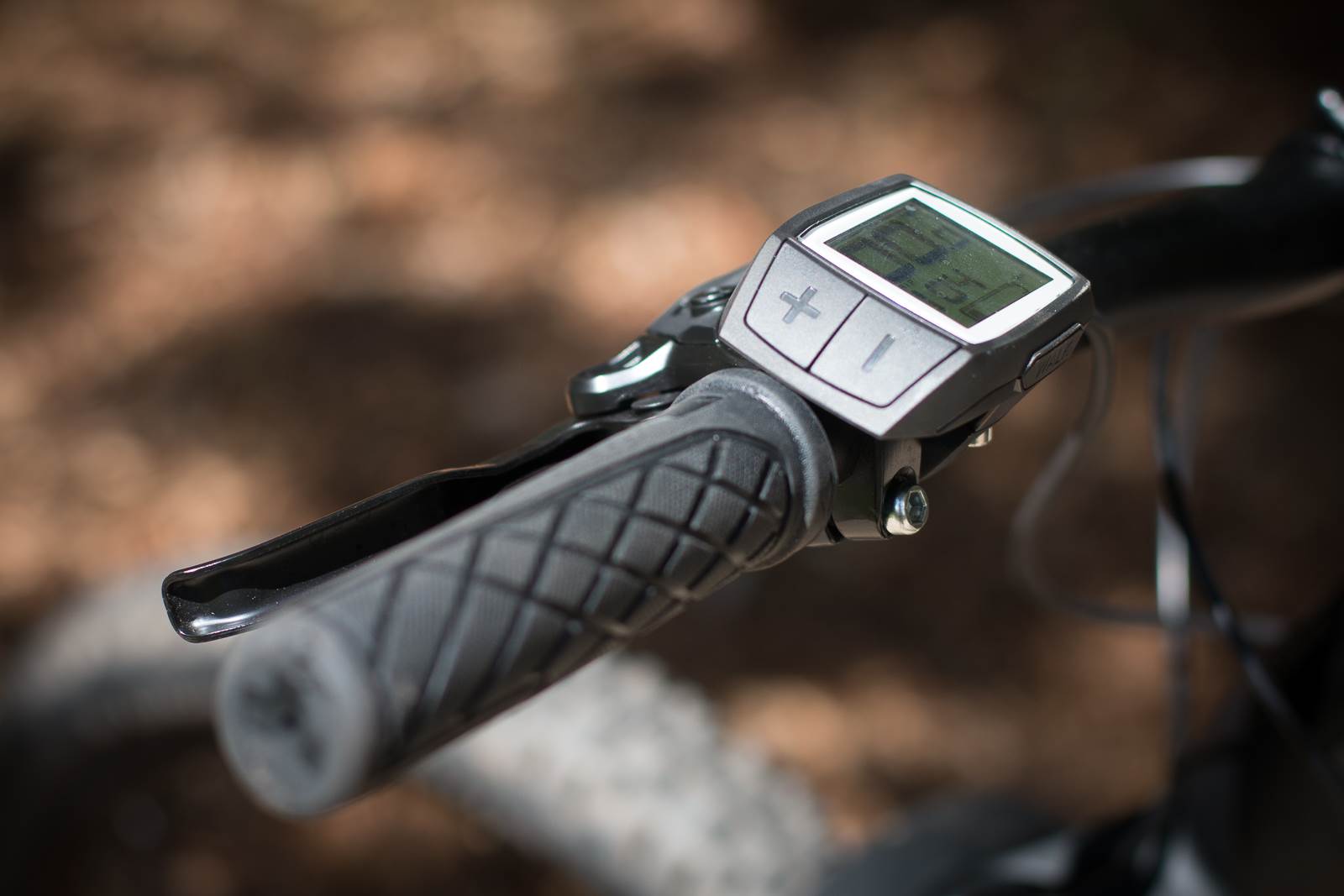
With only a few minor adjustments to the stem angle and height in the stack I had an aggressive ride setup dialed in to tackle the trails. After stopping to snap a photo of the bike before getting it dirty, I realised that it is a very good looking bike – despite the widened down tube and bottom bracket where the battery pack and Bosch motor are located, the bike looks like a mountain bike, and does not look as Tron / Sci-Fi as some competitor models. Some E-Bikes remind me of a fat bloke at the beach in budgie smugglers, with over accentuated bulges that you don’t necessarily want to see, but the designers at Cube have managed to incorporate the battery and motor into a bike that still looks sleek and aggressive. The black-on-black color scheme is timeless, and the Schwalbe 2.6/2.2’’ tyre combo look tough and capable.
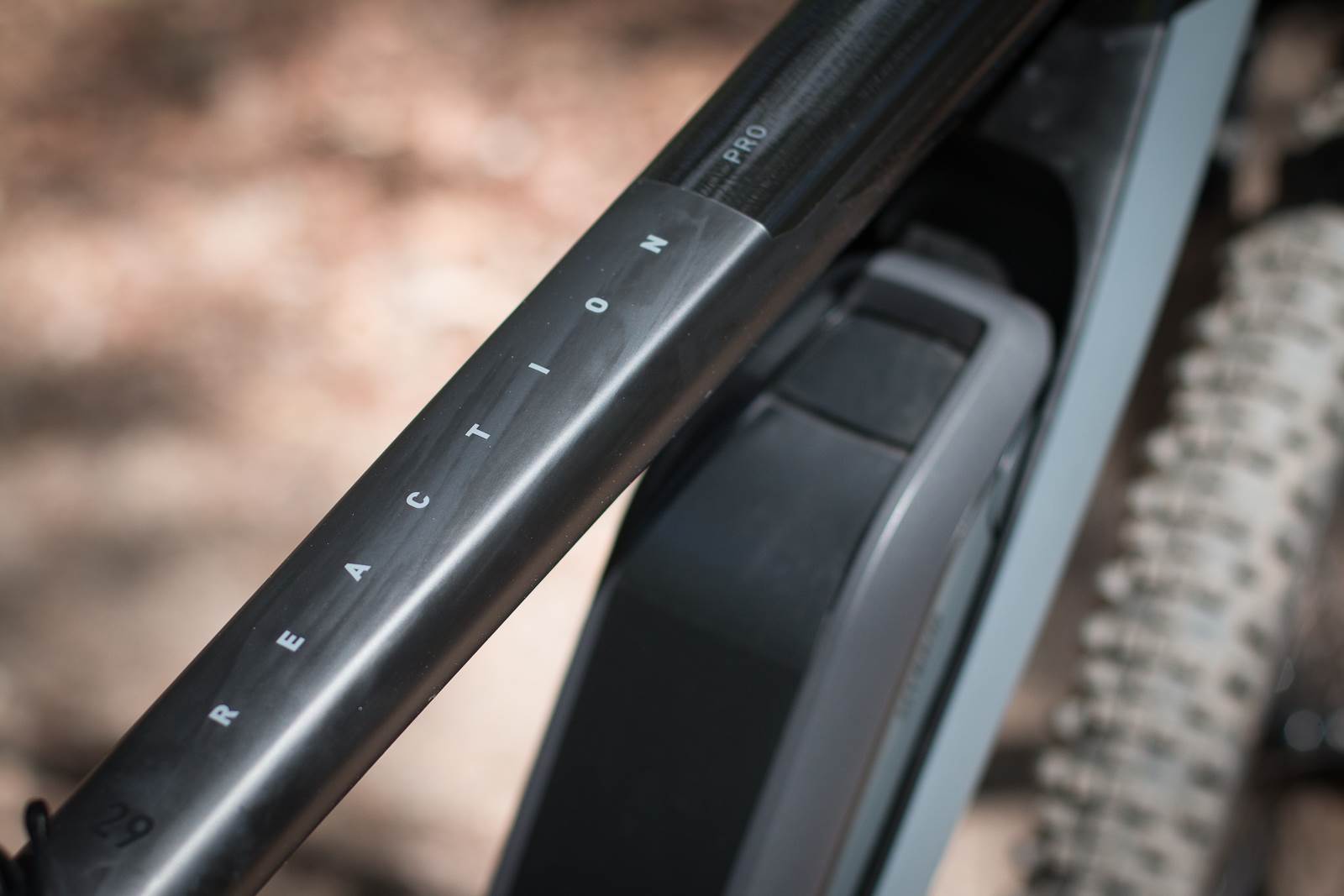
Through several commutes to work during the week I had become comfortable on the bike and fine tuned my fit. I discovered that the pedal-assistance is restricted to under 27km/h, which meant that my commutes were leisurely. The ‘E’ assistance is very handy for steep suburban hills along my commute, but it is very difficult to get the bike up over 30km/h once the assistance has cut out. For me, this ruled out the Reaction Pro as a dual purpose commuter/MTB, which is what I had assumed it could suit best.
I have a six kilometre commute to the nearest trail network, which doesn’t sound like much, however it involves ascending the 2.1km stretch of road up the back side of Mount Coot-Tha in Brisbane’s inner-west, at an average gradient of somewhere around 10%. I then descend down the Highwood Road Trail, an unsealed fire-road with pinches just shy of 30%. I’m usually very nervous about my commute to and from the trail network, as I have to scale one of these sharp inclines in either direction, however the Reaction Pro made a snack out of both. It changed the dynamic of my ride dramatically, as I arrived at the trails to meet my ride partner feeling as fresh as when I had set foot out of the house.

The Gap Creek trail network contains mostly XC style singletrack with sections of more rocky and technical trails, all connected by well maintained unsealed fire-roads. Between the 180mm Shimano rotors and the Schwalbe tyres, the Reaction Pro felt sufficiently stable on the steep descent down the first fire-road. I made the sharp left turn into the first section of singletrack and dove in, unsure of what to expect from the bike.
I realised very quickly that the ‘TURBO’ setting I had used for my commute to the trails was far more than required for the singletrack, so experimented between the TOUR (3/5) and SPORT (4/5) settings for the next few minutes. The ‘Dingo’ trail gradually descends through different style of terrain, including tight well groomed switch backs, rock gardens and log drops. The Reaction Pro pushed through all of these with relative ease, although the inability to soft pedal through a corner or through a rock garden (as the pedal assistance kicked in) did take some getting used to.
The ‘Dingo’ trail eventually opens up into the Gap Creek Reserve where I met my ride partner for the morning. From here, we ventured off into the trail network on a loop that I’ve ridden countless times on my cyclocross bike, but also dual suspension trail bikes and my hardtail 29er. Shuttling up fireroads to different trail heads is a breeze. I clicked the assistance up through to the TURBO setting on the display unit and soft pedalled my way up the fire road with little effort from my own legs. The reality of how easy the uphill sections are on an E-Bike sank in when I realised my now out-of-breath ride partner had stopped talking to me as we chatted along the trails; I’d inadvertently pushed him a little harder than usual. This is the ‘inequity’ of E-Bikes and just one aspect that has fuelled some peoples resistance toward them in local trail networks. My one comment on this matter is that unless you need an E-Bike to keep up with your mates, or unless a few of your riding buddies have got them as well, be prepared for either waiting at trail heads, or solo riding.
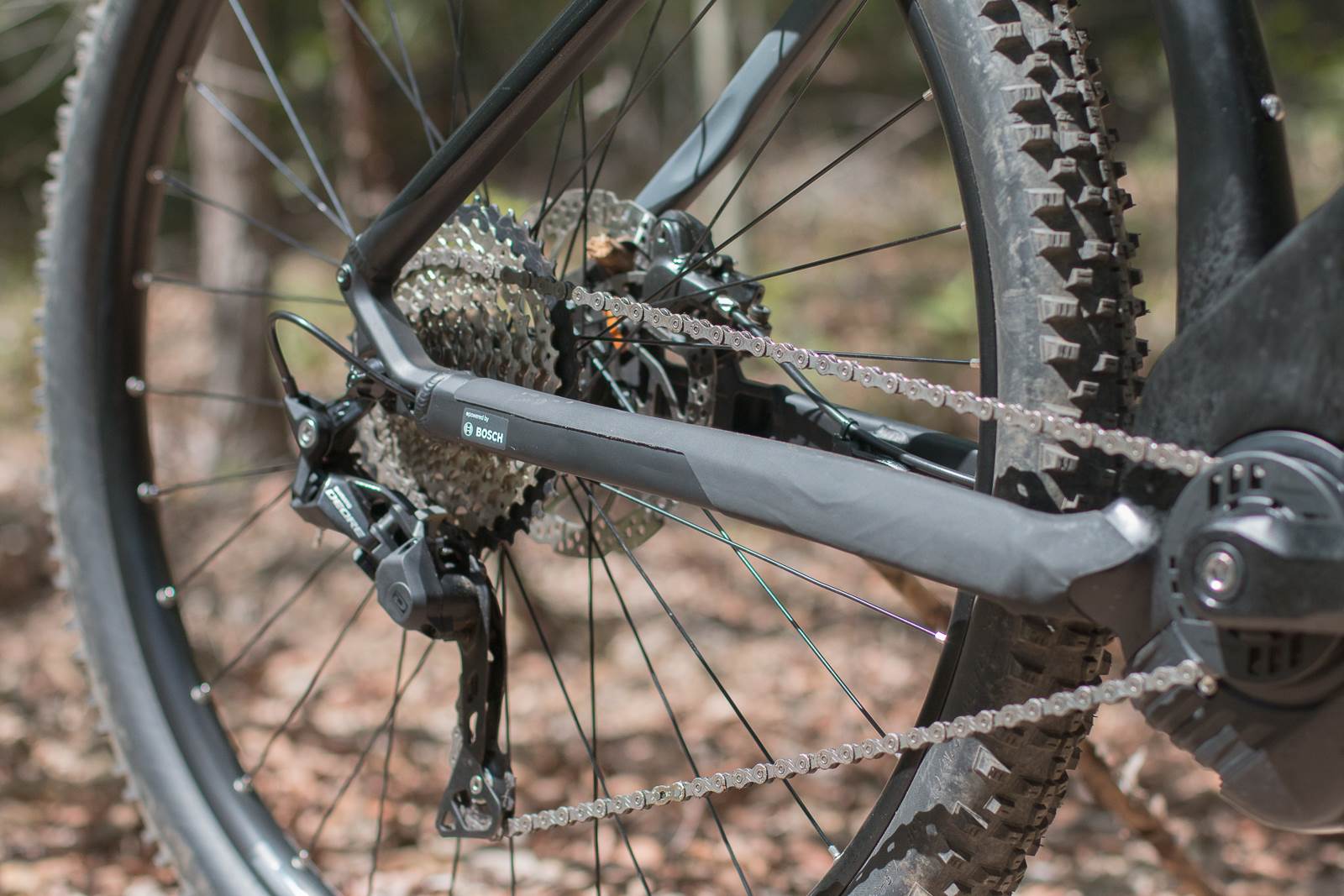
After settling into a good groove, I found the ECO mode to be quite enjoyable for pedal-happy flat sections of singletrack. The ECO mode made up for the added weight of the bike and added what I would estimate to be an additonal 5-10% power to my own ability. This made uphill winding trails (like the Skink-Link trail for those Brisbanites reading at home) pleasant but still challenging. Skipping up to the TOUR or SPORT mode was terrible treatment to dish out to my ride partner but it was also too good to resist at times.
On uphill trails that are more technical, the weight of the bike restricts the riders ability to traverse obstacles smoothly, as the ability to bunny hop is just not possible unless your other hobby is power lifting. As a result of this, I would be concerned with the durability of the rear wheel and would definitely aim for a tubeless set up in the future as pinch flats may prove to be annoying. I bashed the rear wheel several times however managed to escape without suffering a flat.
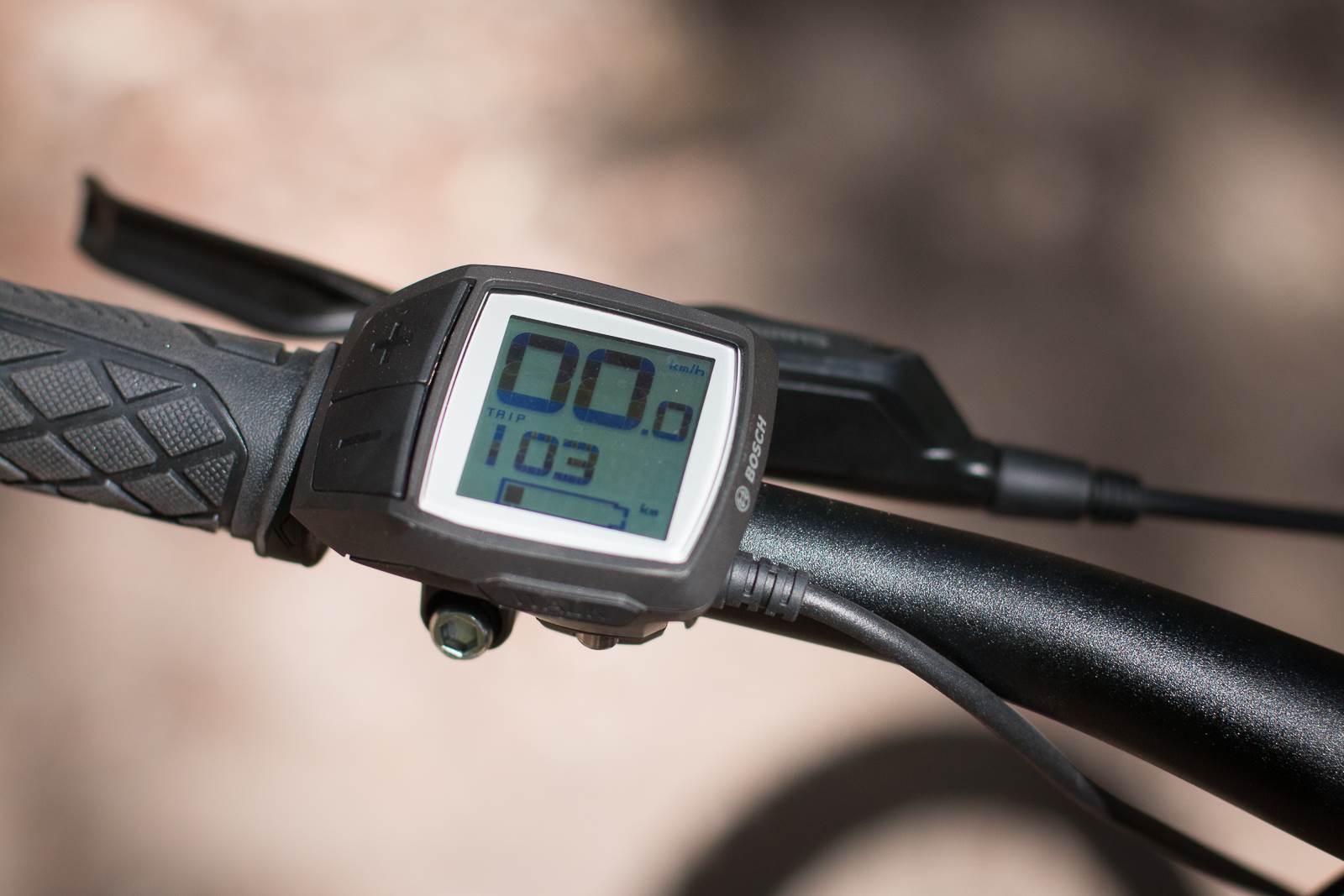
Battery life may be of concern – after only approximately 2.5 hours of riding (an hour and a half in the trails), I had drained the battery down to two bars by the time I was leaving the trails and would have been nervous if I was further from home. By the time I arrived home the battery was down to 1 bar.
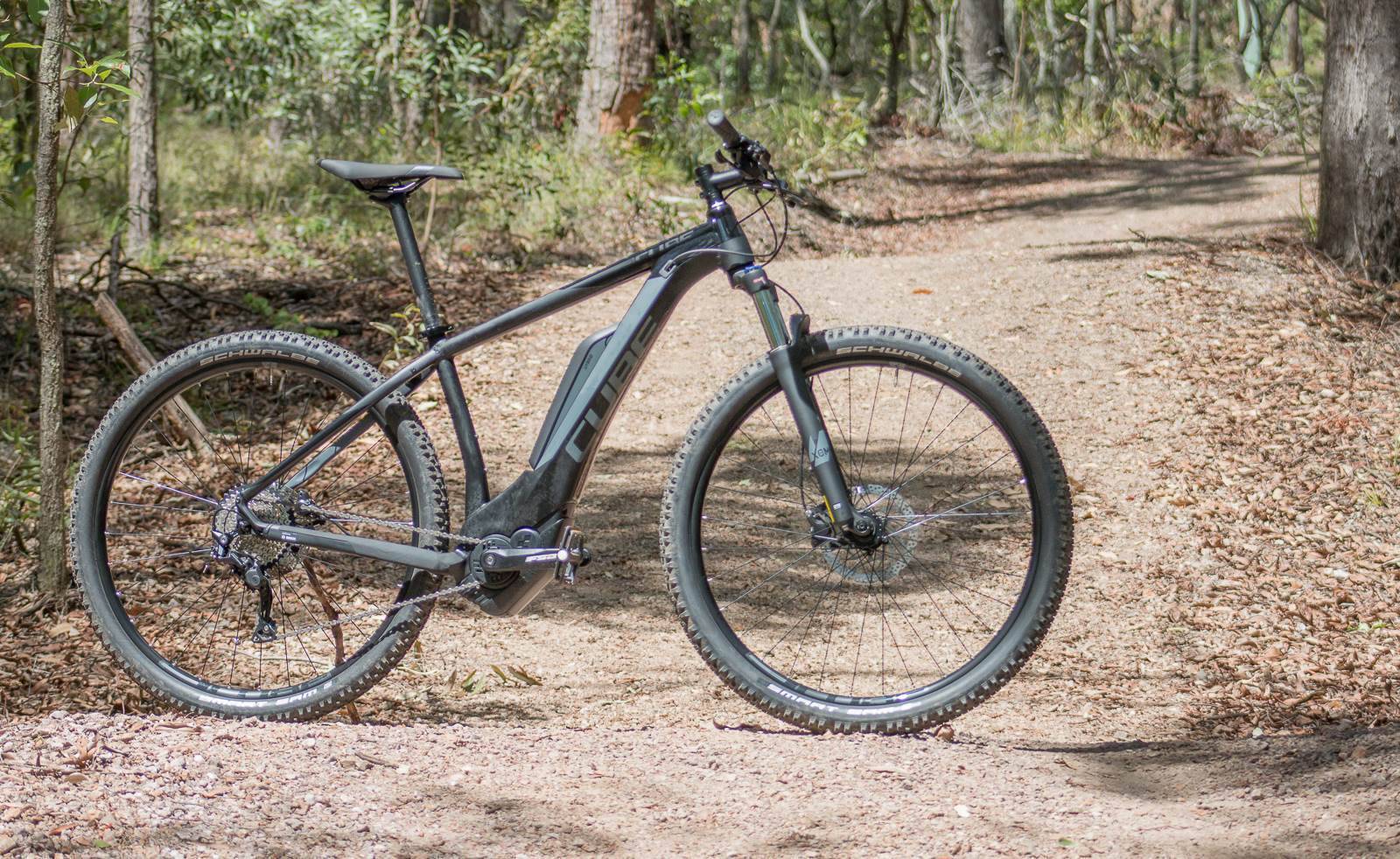
Our Take
The Reaction Pro 400 is best suited to smooth, non-technical trails, be they descending, flat or uphill. It will deliver you to your local trail network without a drop of sweat on your forehead, and eats up long sections of fire road comfortably.
Unless you ride on trails where you’re required to bunny hop up and over logs and sharp obstacles regularly, the hardtail frame and tyres are more than adequate to handle the additional weight of the battery and motor through semi-technical sections of trail and down small drop offs. Once comfortable on the bike (and once used to the pedal assistance through singletrack), I would consider swapping the flat pedals I used for the test ride for clipless pedals, as the added weight does change the feel of the bike over drop offs and down technical sections where your feet would otherwise be secured in the pedals. When soft pedalling through corners or technical sections, the motor would engage which was sometimes unhelpful. Unfortunately the Bosch system equipped on the Reaction Pro does not feature the E-MTB mode which deals with this issue and helps smooth acceleration out of corners.
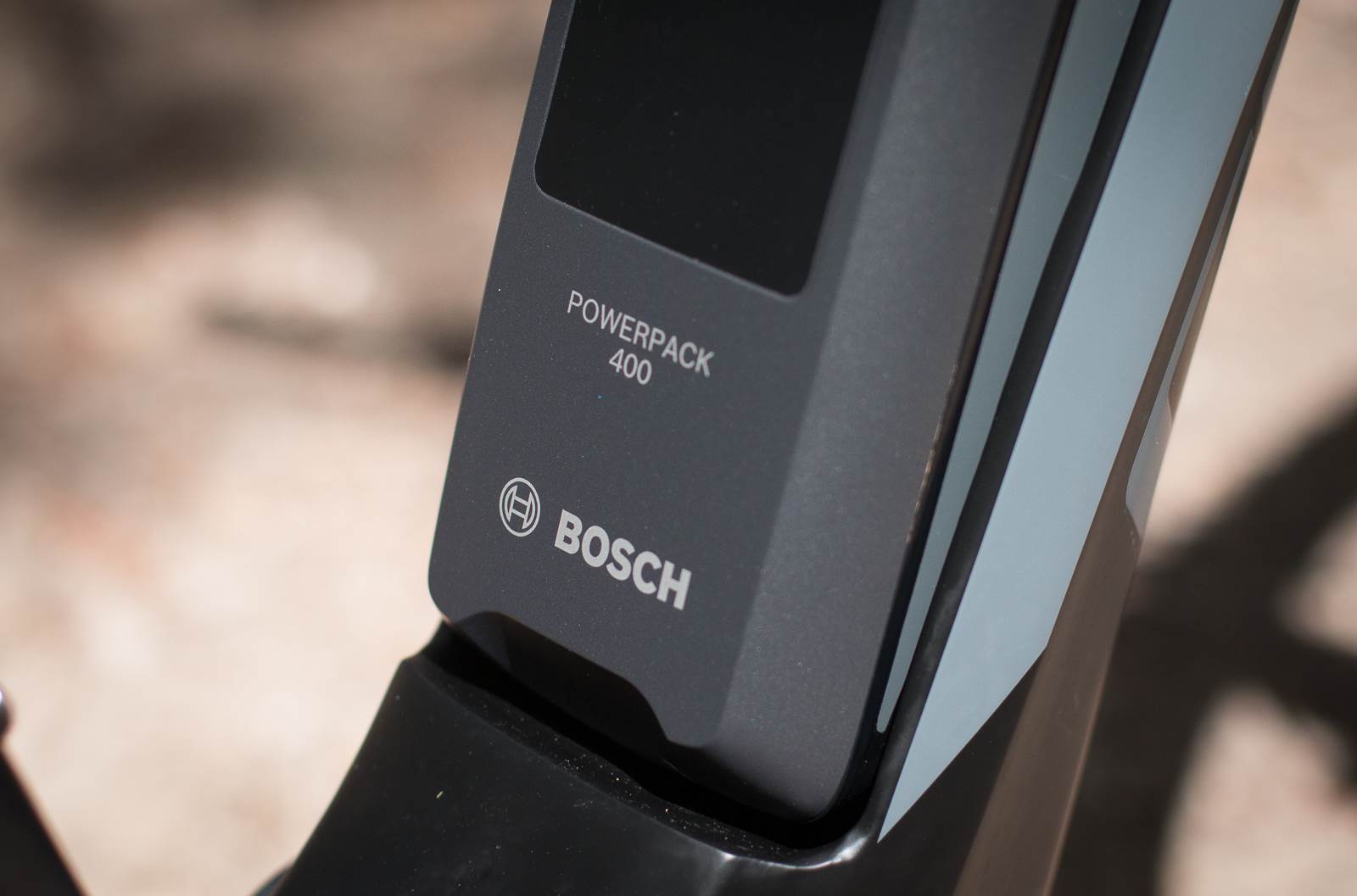
If you like riding for more than three hours at a time, I would consider the 500wh battery model for peace of mind.
The Reaction Pro is possibly most suited to an older demographic of rider looking for a more leisurely approach to trail riding, and some added assistance in getting to and from your local trail network. That being said, it can be made as aggressive as you want it as a decent workout can be achieved by winding back the assistance to the ECO mode, meaning the Reaction Pro would suit new comers to the sport just as well as old hands.
At $3999 (and available for $2999) the Reaction Pro is considerably more expensive than a traditional hardtail mountain bike, meaning it is only really going to appeal to those who are specifically interested in entering the E-Bike market. The package represents good value for money in the sense that it includes a state-of-the-art battery and pedal assist motor set up, however it would represent much better value with an 11 speed upgrade and a more rugged wheel set.


